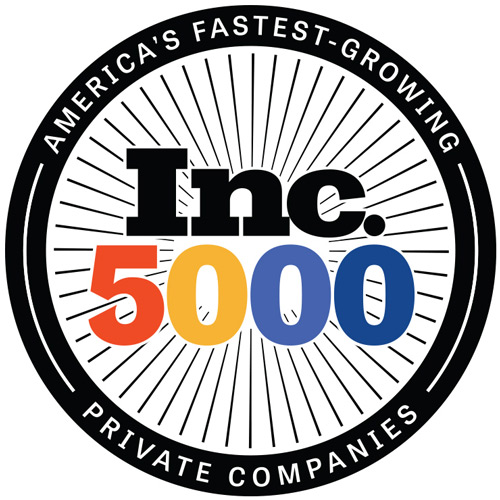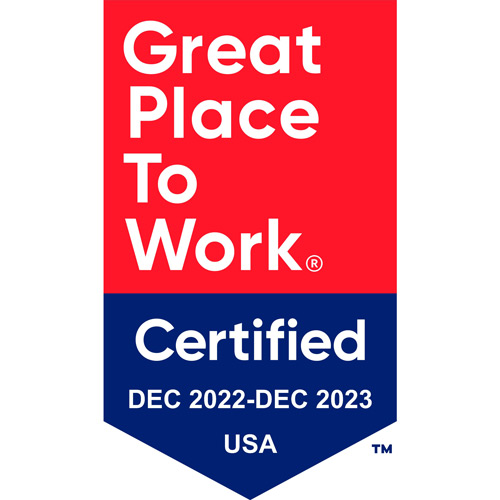Decoding Pharma Regulations
- Jessica R.
- February 2, 2024
- Edited February 2, 2024
Table of Contents
In the fast-paced and ever-evolving world of pharmaceuticals, staying ahead in regulatory compliance is not just a necessity but a crucial element for success. This domain, often perceived as a labyrinth of complex rules and requirements, demands meticulous attention and a deep understanding. However, fear not, as mastering pharmaceutical regulatory compliance is achievable and can be a rewarding endeavor for your organization. This guide aims to demystify the process, breaking down intricate concepts into digestible, actionable insights. Whether you are a seasoned professional or new to the field, this guide will equip you with the tools and knowledge to confidently ensure your organization adheres to the necessary regulations, maintaining the highest standards of safety and efficacy in pharmaceutical products.
Simplifying Regulatory Frameworks
Understanding and applying pharmaceutical regulatory compliance starts with a clear grasp of the regulatory frameworks in place. Though complex, these frameworks serve as the industry’s backbone, ensuring that the products reaching consumers are safe, effective, and of high quality. It is essential to familiarize yourself with the various local and international guidelines that govern pharmaceuticals. This includes knowing the roles and expectations set by bodies like the FDA (Food and Drug Administration) in the United States, the EMA (European Medicines Agency) in Europe, and other similar organizations worldwide. By breaking down these guidelines into simpler terms and focusing on the most critical elements, we can streamline the process of compliance and make it more approachable.
Keeping Up with Changing Regulations
The field of pharmaceutical regulatory compliance is dynamic, with regulations frequently evolving to keep pace with advancements in science, technology, and industry practices. Staying updated with these changes is paramount. This involves regularly consulting official regulatory publications, attending industry conferences, and participating in training sessions. Furthermore, establishing a system within your organization to efficiently disseminate and implement these changes can significantly enhance compliance. This proactive approach not only ensures adherence to current standards but also prepares your organization for future regulatory shifts, keeping you a step ahead.
Risk Management and Compliance
At the heart of pharmaceutical regulatory compliance lies effective risk management. Identifying, assessing, and mitigating risks associated with pharmaceutical products is a critical aspect of compliance. This process requires a thorough understanding of the potential hazards at every stage of product development, from research and development to manufacturing and distribution. Implementing robust risk management strategies not only aids in compliance but also safeguards the well-being of consumers. Regular audits, both internal and external, play a crucial role in this, helping to identify areas for improvement and ensuring consistent adherence to regulatory standards.
Implementing Quality Control Systems
Quality control is a cornerstone in pharmaceutical regulatory compliance. It’s not just about meeting standards; it’s about consistently producing safe and effective pharmaceuticals. Implementing a robust quality control system involves setting stringent protocols for every stage of the pharmaceutical production process. This includes rigorous testing of raw materials, in-process materials, and finished products. It’s also vital to ensure that personnel are well-trained and facilities are maintained according to regulatory requirements. Regular reviews and updates of quality control procedures keep them aligned with current regulations and technological advancements, ensuring the highest quality output.
Effective Documentation and Record Keeping
Documentation and record-keeping are more than just bureaucratic necessities in the world of pharmaceutical regulatory compliance; they are pivotal. Accurate and comprehensive documentation ensures that every aspect of the pharmaceutical production and distribution process is traceable and transparent. This includes detailed records of raw material sourcing, production processes, quality control tests, and distribution channels. Effective record-keeping not only facilitates regulatory audits but also helps in pinpointing areas for improvement. Embracing digital solutions for documentation can enhance efficiency, reduce errors, and make compliance a more streamlined process.
Ensuring Employee Training and Competence
Employees are the backbone of any pharmaceutical company, and their training and competence are critical in ensuring regulatory compliance. Regular and detailed training programs should be in place to keep all staff up-to-date with the latest regulatory requirements and industry best practices. This includes training in handling equipment, understanding quality control processes, and being aware of the ethical and legal aspects of pharmaceutical production. Empowering employees with the knowledge and skills to perform their roles effectively not only fosters a culture of compliance but also boosts overall productivity and quality.
Conclusion
Mastering pharmaceutical regulatory compliance is undoubtedly a challenging task, but it’s far from impossible. By simplifying regulatory frameworks, staying updated with changing regulations, implementing effective risk management, ensuring robust quality control, maintaining meticulous documentation, and investing in employee training, any pharmaceutical company can achieve and maintain high standards of compliance. These practices not only ensure the safety and efficacy of pharmaceutical products but also fortify the company’s reputation and trust in the market. Remember, compliance is not a one-time effort but a continuous commitment to excellence and safety. With the right approach and mindset, navigating the complexities of pharmaceutical regulatory compliance becomes not just feasible but a defining feature of your organization’s success and contribution to public health.

Jessica R.
Jessica is a seasoned GMP compliance consultant and technical writer specializing in pharmaceutical manufacturing, data integrity, and quality assurance. With over 12 years of experience working with global pharmaceutical firms, Jessica brings deep industry insights into FDA, EMA, and MHRA regulations.


